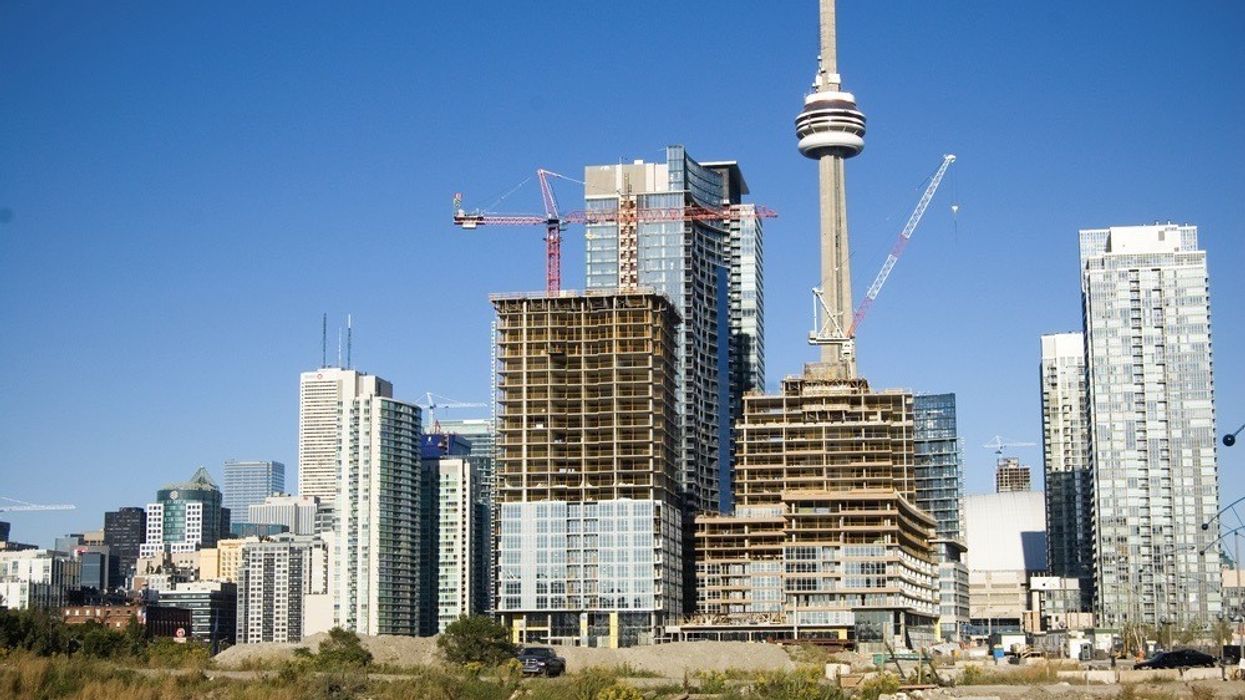The Ontario government’s plan to freeze or lower development charges (DCs) on certain types of housing has drawn the ire of some municipal leaders, most notably Mississauga Mayor Bonnie Crombie.
However, due to the fact we are in a housing crisis of epic proportions, we must eliminate obstacles to any type of residential development. DCs are presently out of control, and removing them for affordable and non-profit housing is the right course of action as it will spur residential construction.
To be crystal clear here, let me repeat that the changes affect only DCs on affordable and non-profit housing – not market-built housing. There is the misconception out there that developers who build market-built units are also getting a break. They do not.
However, reducing them for affordable and non-profit housing is still a good move. Municipalities are too dependent on the charges to fund their growth plans. An alternative must be found.
The cost of new development and growth must be shouldered by the broader tax base as well as developers. The federal government, in particular, must also come to the table with stable, and sustainable infrastructure investment to support growth and the creation of housing that is affordable.
Some municipal politicians have launched a full-on attack on the policy. I find the assertion by Crombie that a reduction in charges would go into pockets of developers particularly galling. Such rhetoric does not replace responsible, courageous, and forward-thinking decision-making.
Municipalities in the GTA have more than $6B in DCs and other fees but are only spending a small portion on needed infrastructure. In the City of Toronto, DCs for single and semi-detached houses were $12,366 in 2009 but will rise to $137,040 as of May 1, 2024, under the current bylaw -- a whopping 1,008% increase.
Toronto has $2.26B in DC reserves, with $1.89B earmarked to be spent between 2021 and 2025. Ottawa has $724M in reserves, with $655M committed. The cities could go six years without collecting any development fees and still meet their spending targets. Yet, Toronto has chosen to raise its development charges by 46% over the next two years.
Waiving fees on affordable and non-profit housing sends the right signal. Often, these fees are the difference between a project starting or not getting built at all. For example, organizations like Habitat for Humanity are averaging $130,000 to $160,000 per habitat home in the GTA that must be paid to government.
Toronto and Mississauga have done it before for office space. Toronto waives development application and building permit fees for building office space in the downtown, including official plan amendments as well as subsidizing the construction of underground parking.
Municipalities also have existing DC or property tax incentives programs to encourage infill development and contribute towards affordable housing. Those municipalities include Kitchener, Barrie, Cambridge, Peterborough, Halton Hills, Brampton, Niagara Falls, among many others.
Toronto provided $195M in development charge exemptions between 2018 and 2021 through the Toronto Open Door Program for affordable housing. Hamilton, meanwhile, provided $242M in exemptions between 2013 and 2021 for residential and non‐residential development.
Mayor Crombie claimed on Twitter that Mississauga will lose $885M over the next decade because of the change. However, records show the city has only been spending part of what it has collected. Between 2013 and 2019, Mississauga’s average development charge revenue was $34.4M, but the city spent an average of $25.5M of their development charge funds.
We recognize that municipalities must fund infrastructure and developers must pay their fair share of the costs. However, to put the full cost of development charges on the shoulders of new homeowners and renters is to assign the cost of growth solely to those most vulnerable in the housing market.
We are proposing that a broader approach be taken to paying for growth costs. Growth is not only a benefit for those buying or renting homes; it’s a foundation of municipal economic development from which all residents and businesses accrue benefit, including municipal governments.
The federal government has a big role to play. It collects enormous tax revenue from municipalities, notably with respect to the HST, for example, on new housing builds, but has been reinvesting very little in terms of municipal infrastructure construction and renewal associated with development.
This must change.
The feds step up to the plate and put some additional funds on the table for infrastructure. Private developers should not be expected to foot the entire bill. The feds are on the hook as well.





















